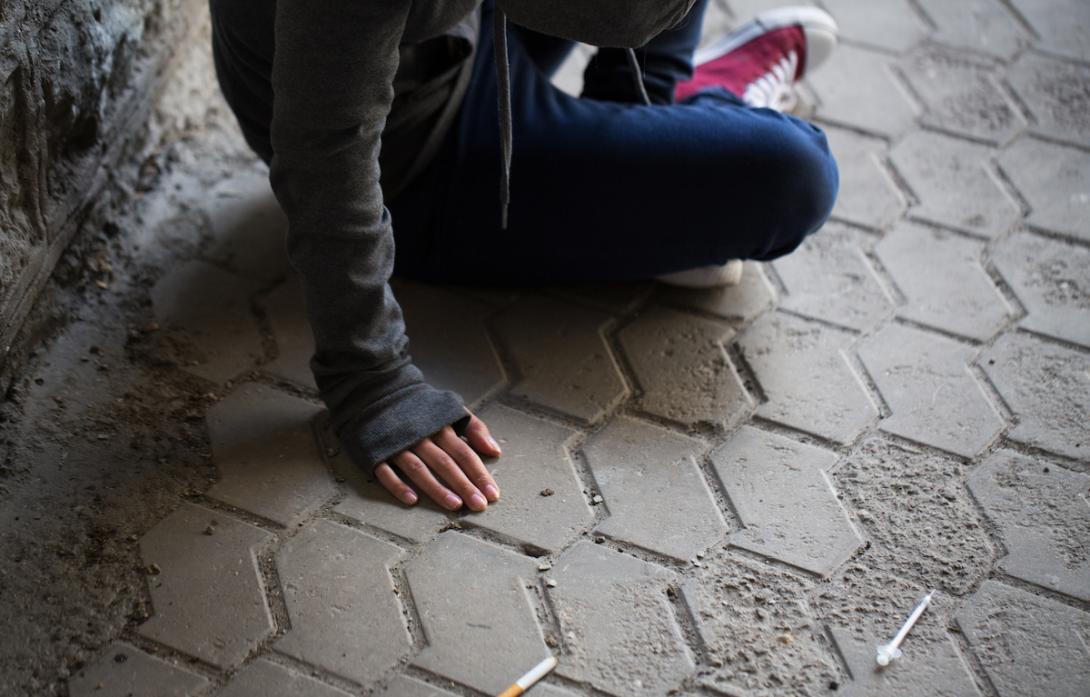
Despite recent investments of more than $1.5 billion into Oregon’s behavioral health system, the state falls far short of what it needs to meet demand for treatment, according to a report released Wednesday morning.
Taking into account current capacity as well as facilities that are under development, a state-funded consultant calculated gaps in the number of acute and psychiatric beds in both hospitals and freestanding facilities, substance use disorder treatment beds, secured residential treatment beds, adult foster home beds and beds at drug and alcohol withdrawal management facilities, also known as “detoxes.”
The largest shortfall cited in the report from the Oregon Health Authority was among residential drug and alcohol treatment beds, with the state needing to add an estimated 1,662 more beds — which would more than double the current number. With each bed costing about $193,390 to create, the report projected the cost of filling this gap alone stands at more than $321 million.
The second largest gap cited was in detox facilities, where the state estimates that even after the 365 beds that are in the pipeline become available, Oregon will still need to add 523 more, at a cost of more than $101 million.
It will take more than $500 million over at least five years to create the 3,000 behavioral health beds needed across the state to meet demands, according to the analysis. That does not include beds for adolescents, which are also in drastically short supply, nor does it include operational costs. It also did not include supportive housing, sobering center or outpatient needs.
Gov. Tina Kotek, who directed the health authority to conduct the study, said the new information will help Oregon to more strategically address gaps in the system. The state is paying Public Consulting Group, a consulting firm, $600,000 to produce the study. The Boston-based firm was hired to examine the capacity of Oregon’s mental health and substance use disorder treatment systems and develop a system for prioritizing development initiatives in each region of the state.
Oregon currently has about 4,800 behavioral health beds.
The report also highlighted challenges faced among providers, which included hiring and retaining staff, funding and finding available beds at another level of care for patients being discharged.
“Some individuals noted that residential is the most difficult facility to find with an open bed while others noted that withdrawal management is the most challenging to find for individuals who need it,” the report states. “Facilities noted that there are times when a bed is not available in a withdrawal management setting, so they refer the individuals to the emergency department.”
Several focus groups organized for the report gave rise to the following themes, according to the report:
- There is a lack of Black, Brown and Indigenous providers in treatment programs across the care continuum, as well as a lack of culturally specific services and BIPOC in leadership roles.
- There are often long waiting periods to receive treatment, especially for residential treatment settings and the emergency department.
- Given staffing shortages and workforce burnout, there is a lack of access to providers, especially for psychiatric/mental health services and therapy.
- Caregivers with lived experience said the definition of “a danger to yourself or others” is too high a bar for entry into secured psychiatric treatment facilities, which “encourages a negative cycle” as people are excluded from treatment “or encouraged to allow their conditions to worsen in order to qualify for admission.”
- “Throughout the community engagement period,” the report states, “people expressed their dissatisfaction with the quality of care across the mental and behavioral health systems in the State.”
- Other barriers included burdensome paperwork requirements, inadequate communication with families and poor care coordination and hopelessness.
In addition to vastly increasing the number of facilities and bed counts dedicated to behavioral health treatment, the report also made recommendations urging the state to develop a more coordinated system of care and explore new models to meet the needs of Oregonians. It noted that the state must prioritize workforce development in order to expand capacity with a focus on also cultivating more culturally specific providers. The state also should develop better ways for the public and providers to access information about treatment options and resources and availability, the report states.
To identify other important gaps, the report urged the state to analyze other areas of the behavioral health system, including youth treatment capacity needs, services for patients with complex needs including physical and behavioral health issues, a review of crisis facilities and services and the quality of care provided at facilities across the state.

Your detailed information about our Oregon health "systems" is eye-widening...and essential. Thank you for your efforts.